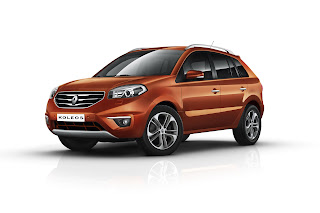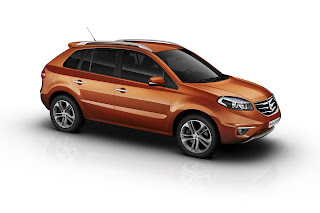The next generation of the VW Golf which if not further delayed, will arrive towards the end of 2012 or early 2013, will be based on German firm’s cost-saving modular transverse architecture, more commonly known by its German abbreviation "MQB”.
The range-topping Golf models will use a new 2.0-liter TSI force-fed gasoline engine with more oomph producing somewhere around 220 to 230 horsepower on the GTI and close to 300-horses in the Golf R which will be equipped with VW’s 4Motion all-wheel drive system.
As for what the new Golf will look like, VW accidentally gave us our first look at a very early clay prototype of the Mk7 Golf featuring a sharper snout and more steeply raked windscreen through an official video back in 2009.
carscoop.blogspot.com

























































